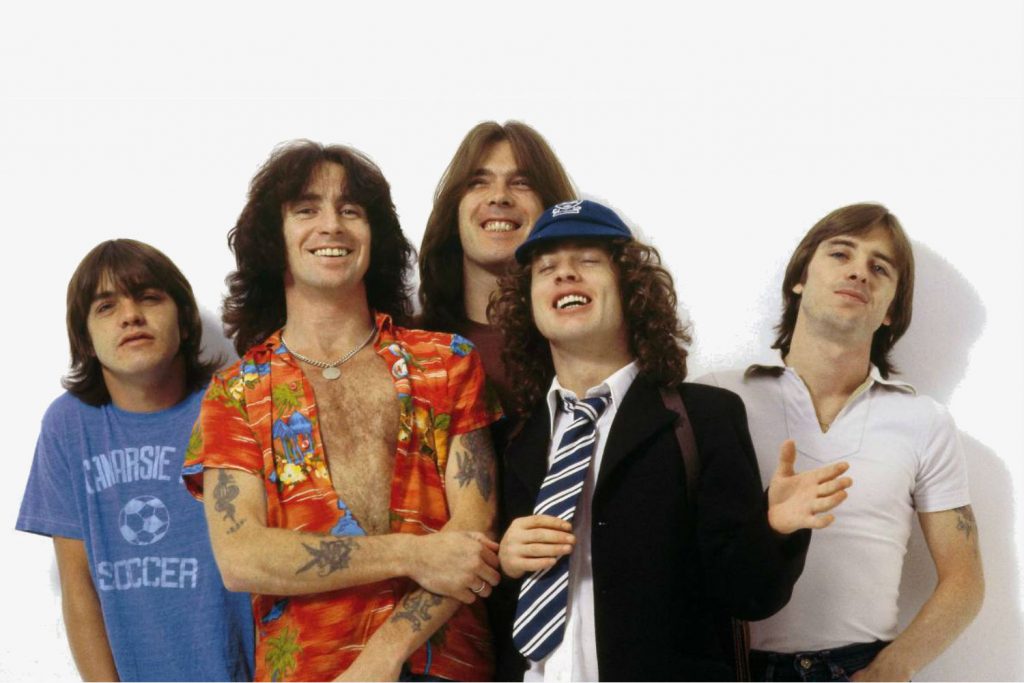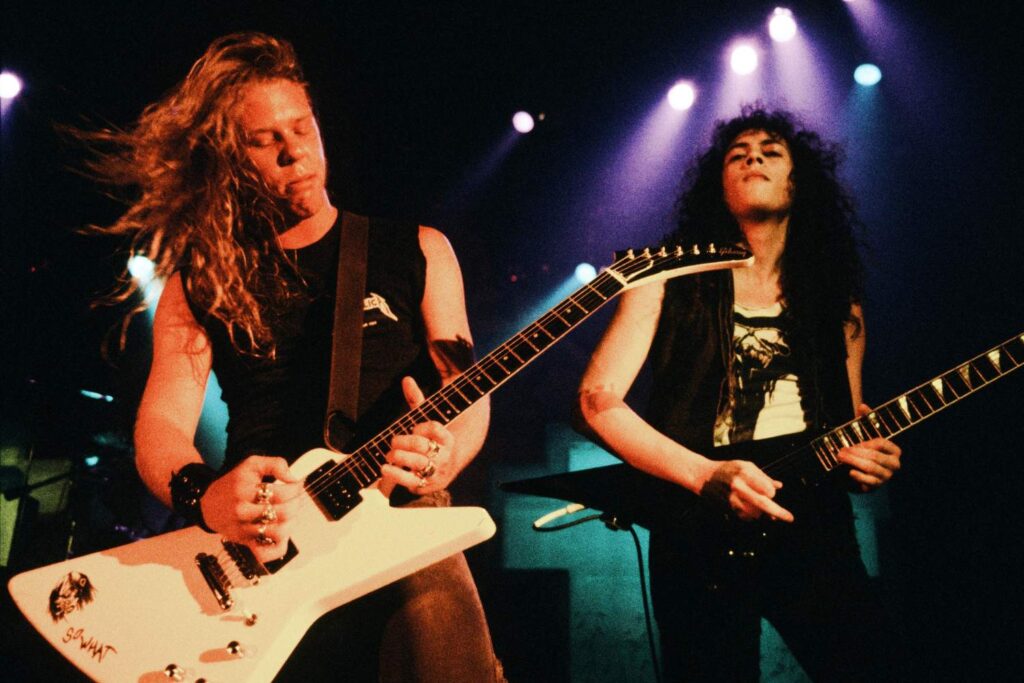Here's 10 of our favourite uses of this songwriting marvel.
Key changes are a songwriting tool. They can be either the perfect way to lift a song back on its feet, or unfortunately they can be used as a trope and an easy way out of a song. Key changes can be overused, but their use has stuck for good reason, when they work, they work!
Read up on all the latest features and columns here.
The Who – “My Generation” (1965)
The Who were pioneers in a lot of ways, but when they released ‘My Generation’ as their fourth single, which went on to become the title track of their debut album, they introduced a tougher, garage blues sound to rock’n’roll, with a sneering attitude and lyrical content that encapsulated the rage of youth and proved to be precursor to punk. The song is propelled along by the band’s sheer volume, barely contained manic energy, John Enwtistle’s million-notes-a-minute distorted bass line and no less than three key changes. Beginning in G and then moving up a tone to A, it then manages to move a semitone up to Bb before ending/collapsing on C. There’s a reason why, even at this early stage of their career, Pete Townshend was referring to himself as a genius.
The Beatles – “Penny Lane” (1967)
While The Who were busy destroying their equipment aurally assaulting the establishment, The Beatles were blowing minds worldwide by bringing a groundbreaking sophistication to the pop music of the day. Released in 1967 as a double A side with ‘Strawberry Fields Forever’, ‘Penny Lane’ has a double tonic structure with the verse in B and the chorus in A, a tension which is resolved in a triumphant fashion via a key change to B in the final chorus that brings a pleasing musical resolution to the song. Nice.
Bonnie Tyler – “Total Eclipse of the Heart” (1983)
The key changes in ‘Total Eclipse of the Heart’ have been the undoing of many an over-confident karaoke performer, but Tyler’s delivery is spot on. The upward change mid-syllable on “Every now and then I fall a-PART” adds an anthemic, triumphant turn to what had been up to that point a meloncholy power ballad. And then it changes through sections, again, and then again. In a word, iconic.
Bon Jovi – “Living on a Prayer” (1986)
Nothing says ’80s power ballad like ‘Living on a Prayer’ and the key change is a big part of its success. The snare accents announcing the shift up in the chorus’ key make it an obvious enough move that even the drunkest guest at the wedding should be able to nail it. It’s as big as the band’s hair.
Mariah Carey – “Always Be My Baby” (1996)
No one owned the over-wrought style of singing that was ushered into ’90s R&B more than Mariah Carey, and ‘Always Be My Baby’ is her definitive use of the technique. While we could make an entire top 10 with just Carey’s key changes — and for that please see this video compilation — instead let’s focus on the dramatic shift she makes in this song, utilising her entire range as the music shifts from E to F#minor to F straight after the bridge. It’s the climax of the bridge itself that is the major emotional moment, as the vocal staccato ushers in an octave leap.
Earth, Wind & Fire – “After The Love Has Gone” (1979)
From the initial horn bursts and dramatic stops, you know that Earth, Wind & Fire are about to go epic on this 1979 gem. In a word, funky.
Michael Jackson – “Man in the Mirror” (1987)
No key change list would be complete without Michael Jackson’s ‘Man in the Mirror’. He literally made sure of that by ushering in a key change with the words “Make that CHANGE”, with a gospel choir exploding behind him on the pitvotal word. In a word, “shamon!”
The Backstreet Boys – “I Want it That Way” (1999)
Apparently The Backstreet Boys’ record label at the time tried to talk the group out of releasing a ballad as the lead single from their third album, Millenium. History has proved them wrong, and the classic key change at the 2 minute 25 second mark, modulating from the established key of A to Bm is surely part of the track’s enduring success.
Whitney Houston – “I Will Always Love You” (1992)
The Bodyguard was a major blockbuster, and this Dolly Parton cover, used in the film and sung by its star Whitney Houston, became a major hit when released as the soundtrack’s single. Houston’s powerful voice was the perfect instrument for the dramatic shift as a drum roll announces the chorus key change, it was the sound of a million hearts bursting worldwide.
Beyonce – “Love on Top” (2011)
Just when you think this song has finger popped and shimmied to its conclusion, Beyonce casually throws in a key change on the hook. And then does it again. And then again. And then, because she’s the goddamn queen, she does it a fourth time. The song seems to fade out only because she probably started elevating in the studio and they could raise the microphones any higher. In a word, timeless.







